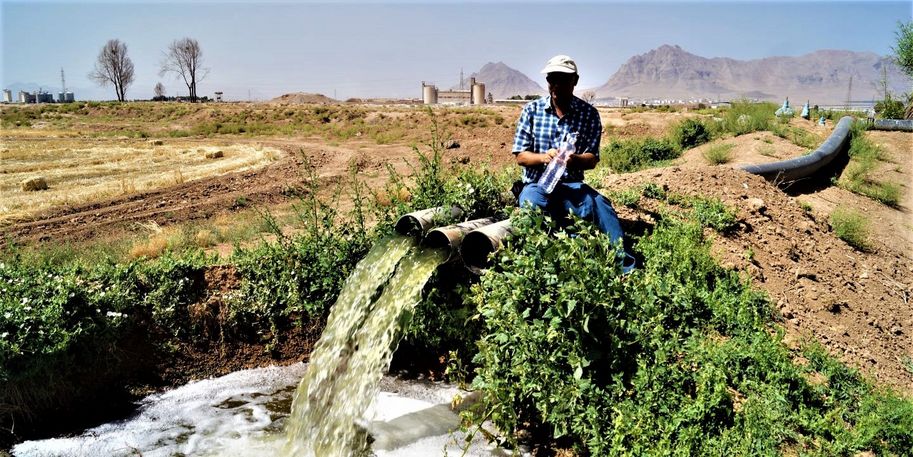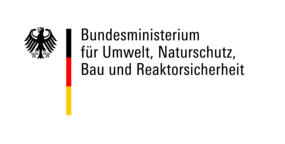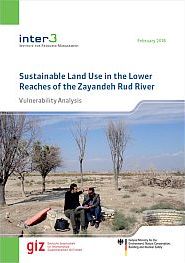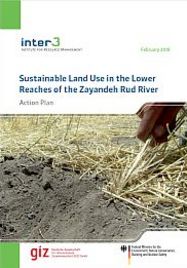Water stress perils livelihoods at the Zayandeh Rud
As a result of climate change and intense water use, Iran’s water resources are under pressure in many parts of the country. Agriculture in particular, but also industry and important ecosystems suffer from extreme water shortages during dry seasons. Conflicts arise between water-using sectors and between management goals, like resource use and resource protection.
The country lacks experience, effective organizations and efficient tools for sustainable natural resource management. There is no coherent strategy to cope with recurrent dry periods and related social conflicts. This holds true in particular for the Zayandeh Rud catchment, the most important surface water body in Central Iran. In its lower reaches, water is mainly used for agricultural purposes. Due to extremely dry periods, the region faces severe ecological and social challenges, and therefore has a great demand for locally adjusted, accepted and feasible solutions for sustainable land and water use as well as climate change adaptation.
The search for solutions on behalf of GIZ
The project is part of the focus "Policy dialogue and knowledge management on low-emission development strategies, in particular on renewable energy, in the MENA region” of the International Climate Initiative which is implemented by Deutsche Gesellschaft für Internationale Zusammenarbeit (GIZ), commissioned by the German Federal Ministry for the Environment, Nature Conservation and Nuclear Safety (BMU). On behalf of GIZ, the German-Iranian inter 3 team develops land use solutions for climate change adaptation.
Central issues are the protection of important ecosystem services, of the people’s livelihood and the prevention of further desertification. In a first step, inter 3 analyses the impact of water shortage and desertification in the lower reaches of the Zayandeh Rud. Results from interviews with local farmers and from a satellite picture analysis will be incorporated into a vulnerability assessment. In workshops with representatives of the different sectors and of affected people (e.g. farmers’ associations), a common problem perception and based on this, adapted land use strategies will be developed.
Achieving transferable results
The aim of the project is a set of feasible ideas for sustainable land use management for the Roodasht region downstream of the Zayandeh Rud river. Through joint and participatory project implementation, capacities of governmental institutions shall also be developed, enabling them to develop solutions in the future that include all water users’ interests. In this case this means to improve administrative, political and legal conditions in a way that provides incentives for a sustainable land management. In a participatory way, learning processes between decision-makers and affected groups, and between local and national level, shall be promoted in order to achieve a long-lasting impact.

![[Translate to English:] Porträt von Dr. Shahrooz Mohajeri](/fileadmin/_processed_/e/2/csm_21c969_ls_weiss-162_cb8e5e877b.jpg)



